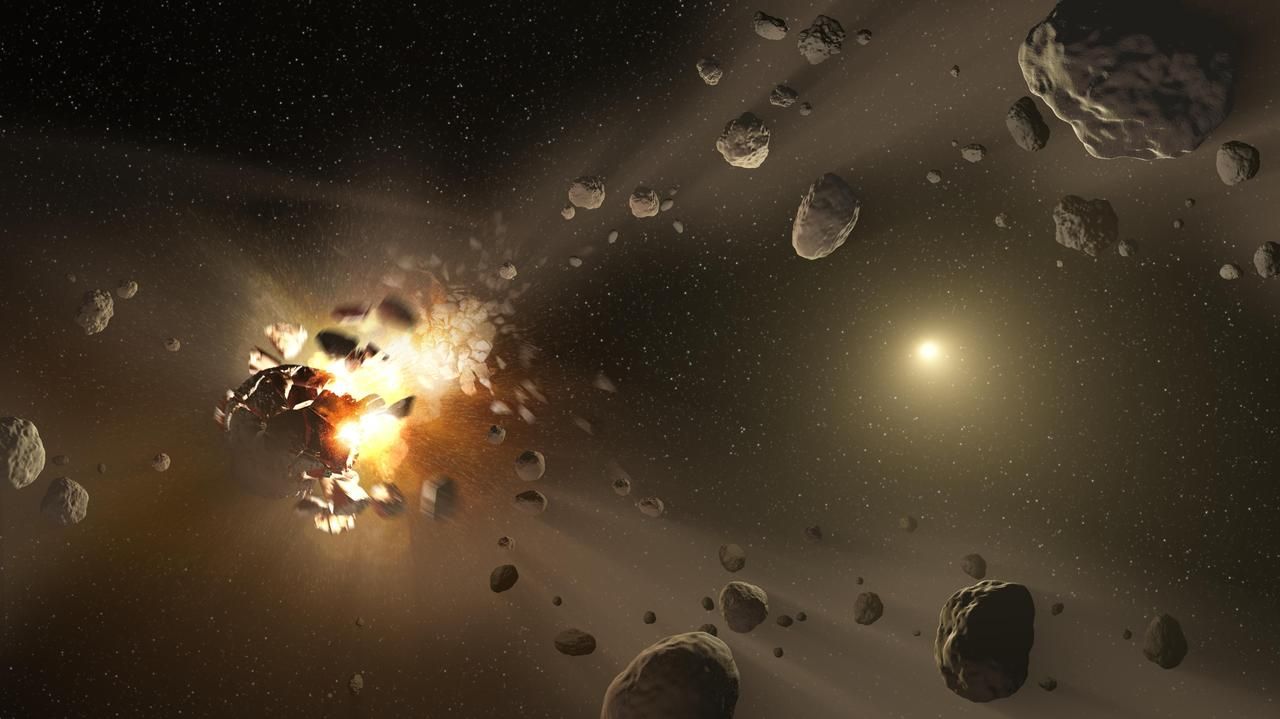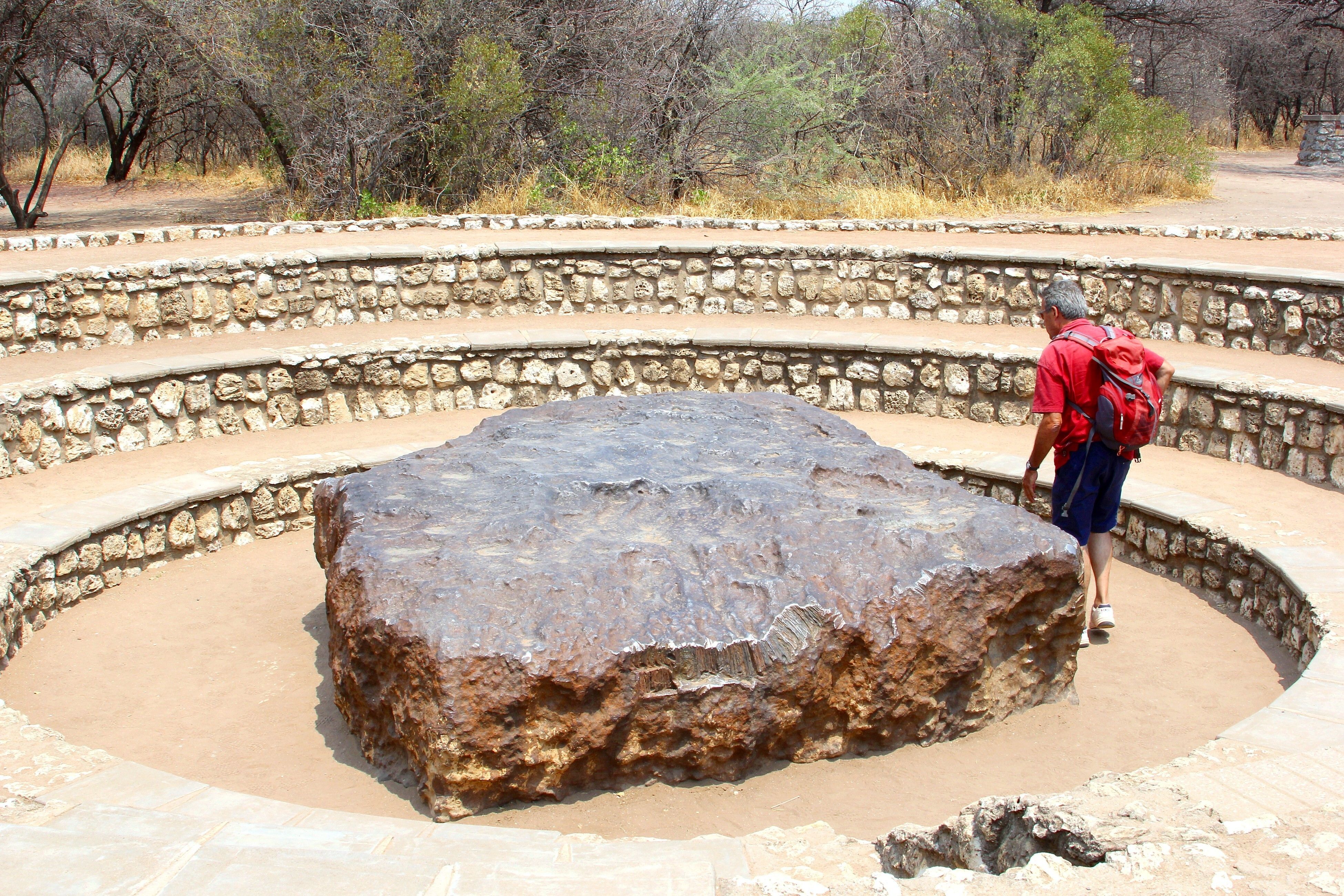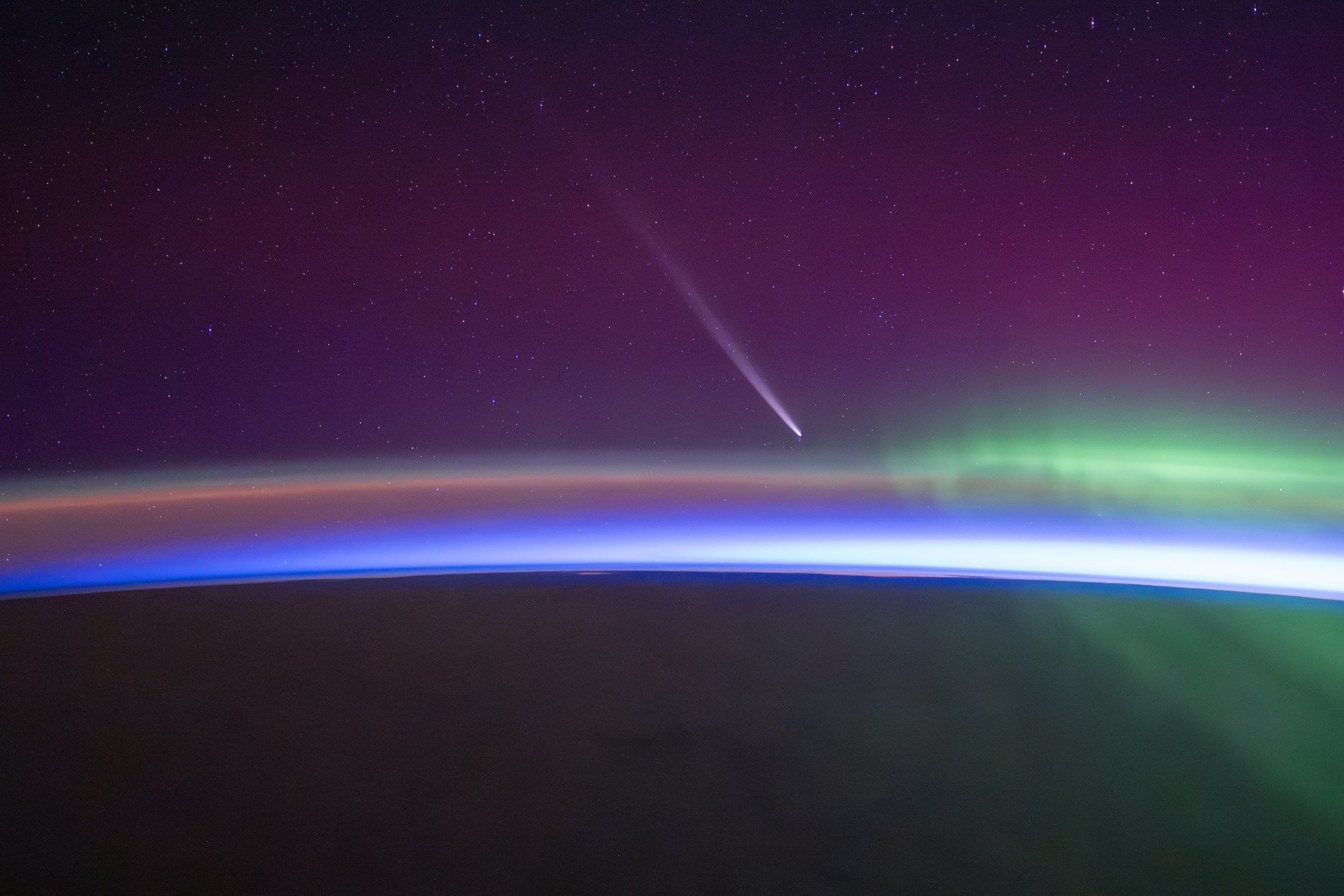Astronomy is riddled with complex jargon that many of us will probably never need to understand. However, you’re more likely to read and hear about meteors, meteoroids, meteorites, comets, and asteroids online and in the news, so here’s a breakdown of exactly what they are.
Meteor
Meteors occur when a meteoroid or space particle enters Earth’s atmosphere at very high speeds (up to 46 miles a second!), causing a violent compression of air, high temperatures, and a streak of light.
Sporadic meteors are caused when wandering meteoroids collide with our atmosphere, while meteor showers are the result of Earth’s path crossing a stream of debris. Meteor showers can be easily observed with the naked eye in the right conditions, and since Earth’s orbit is relatively consistent, we can predict when they’re due to occur each year.
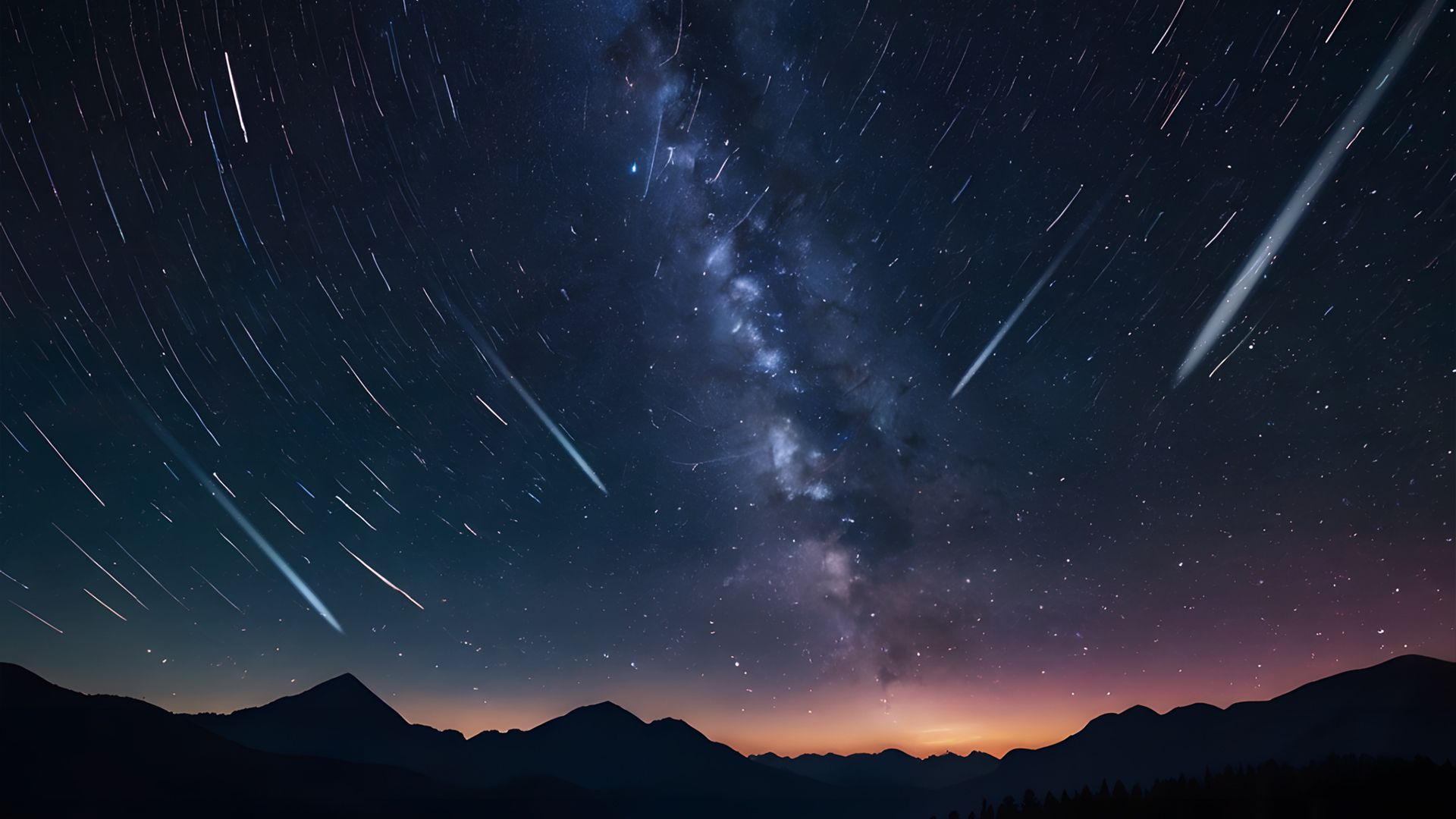
Related
I’ve Watched Many Meteor Showers—Here’s How You Can Too
There’s more to our sky than constellations and planets.
Meteor showers vary in their intensity. The Geminid meteor shower, which peaks at the end of the second week of December each year, can produce up to 100 meteors per hour, while the Lyrid meteor shower, which peaks towards the end of April, typically delivers up to 15 per hour.
Meteoroid
A meteoroid is a small piece of space debris that has come from larger bodies in space, such as comets, asteroids, other planets, and the Moon. These pieces of debris are only called meteoroids when they’re traveling through space—they become meteors when they burn up in our atmosphere, or meteorites if they make it through and hit Earth’s surface.
Various celestial events can cause a meteoroid to form, such as a comet breaking up as it nears the Sun, collisions between asteroids, and planetary ejections. As a result, their composition can vary: some meteoroids are rocky, others metallic, and many a combination of the two.
Meteoroids can also vary in size, ranging from as small as a grain of dust to as large as a meter in diameter. Since there are infinite numbers of meteoroids floating throughout the cosmos, they aren’t assigned names.
Meteorite
A meteorite is a meteoroid that hits the Earth’s surface, having survived the breakup through Earth’s atmosphere. If it hadn’t survived this journey, breaking up in Earth’s atmosphere instead, it would have become a meteor.
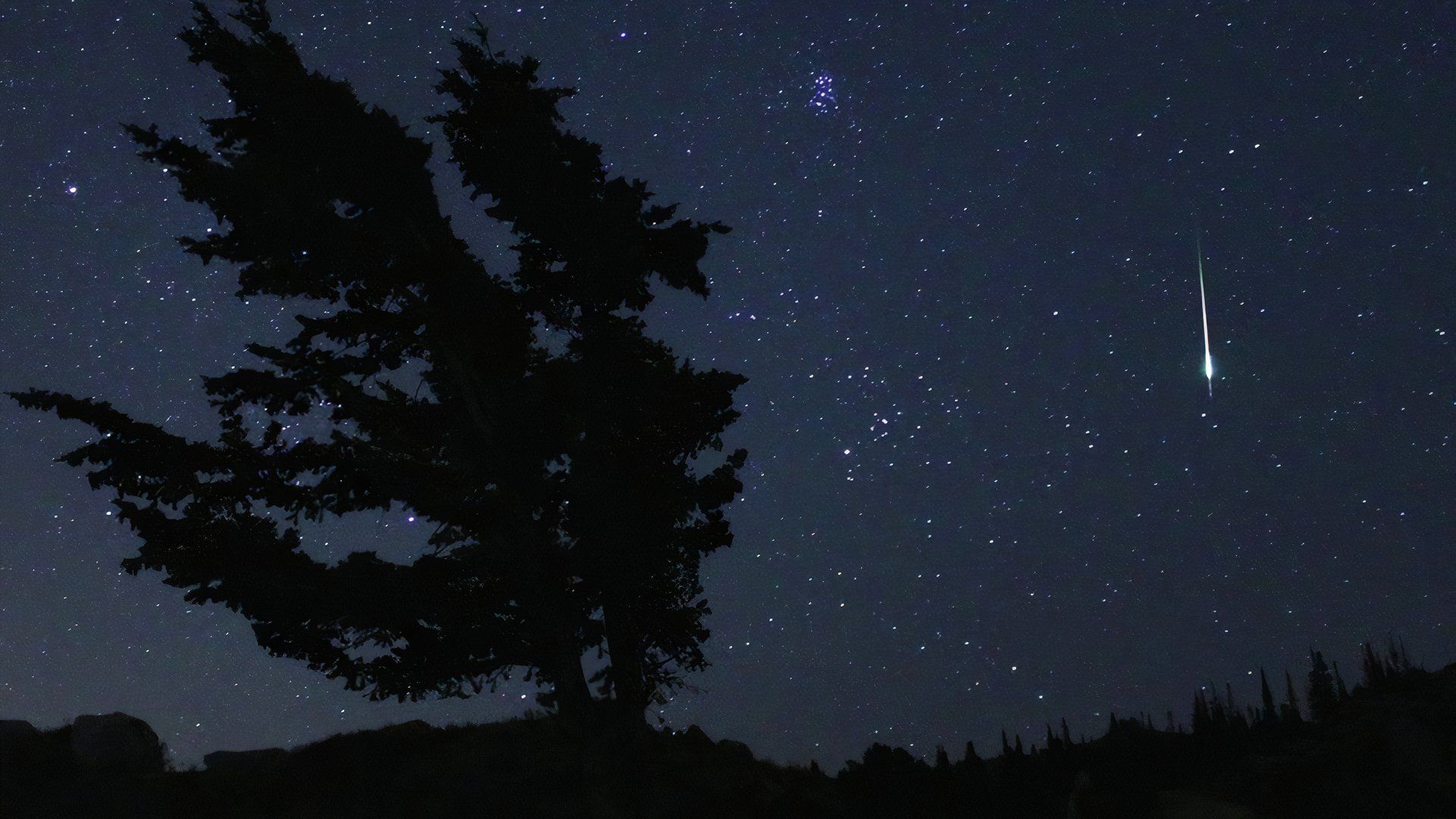
Related
Meteorites Are Far More Amazing Than You Realize
It’s not really shooting stars; it’s just cosmic debris, speeding into an inferno.
So, what determines whether a meteoroid becomes a meteor or a meteorite? In fact, a combination of factors determines its fate, including its composition, size, density, aerodynamic efficiency, and angle of entry. Larger meteors made of iron tend to be robust enough to withstand the intense heat and pressure exerted on them during entry, enabling them to become meteorites as they break through.
However, their chance of survival also depends on whether they adopt a conical shape during their travels, and whether they can avoid colliding with our atmosphere at too steep an angle.
The Hoba meteorite, which was discovered on a farm in Namibia in 1920 but is thought to have fallen through the atmosphere around 80,000 years ago, is the largest intact meteorite on Earth. It measures about 2.7 meters across by 2.7 meters deep by 0.9 meters high, is estimated to have a mass of around 642 tonnes, and is composed of about 84% iron, 16% nickel, and traces of cobalt.
Did You Know? In 1920, Hoba’s mass was estimated to be around 667 tonnes. However, erosion, scientific sampling, and vandalism have reduced its mass over time.
Comet
Comets are celestial bodies of ice, dust, and rock—believed to be residual material from the formation of the Solar System—that orbit the Sun in the Kuiper Belt and Oort Cloud. When they pass into the inner Solar System, solar heating causes them to adopt a coma (a glowing head) and tails of dust and gas (caused by solar wind and radiation). According to NASA, when frozen, comets can be as large as a small town.
While comets pass Earth quite frequently, seeing a bright one is a rare event. A notable recent exception was C/2023 A3 (Tsuchinshan-ATLAS), which amazed astronomers—amateur and professional—with its faint tail and apparently stationary position in the sky for around two weeks.
To see a fainter comet, you’ll most likely need to look through a telescope, like the Celestron 114LCM Computerized Telescope.
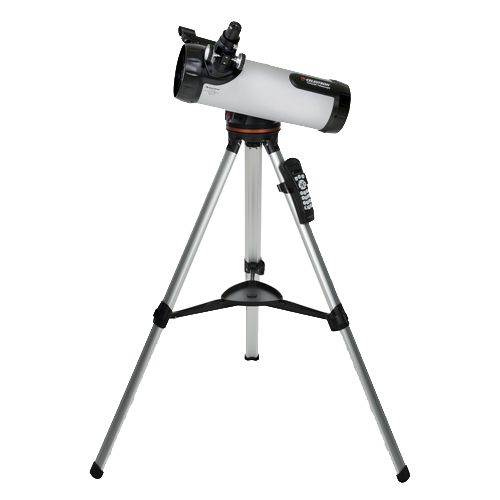
Celestron 114LCM Computerized Telescope
With a 4.49 inch (114mm) aperture and a 39 inch (1000mm) focal length, the Celestron 114LCM provides a maximum magnification of 269x—plenty to view the planets, the moon, and some deep-sky objects. The mount is computerized, which makes finding and tracking objects of interest much easier. Once you calibrate it, you’re set!
Many comets have two names: their International Astronomical Union (IAU) code name (such as C/2023 A3), and their discoverer name (like Tsuchinshan-ATLAS).
In “C/2023 A3,” “C” means that it’s officially recognized as a comet, “2023” indicates the year it was first discovered, while “A3” means that it was the third comet to be discovered in the first half of January of that year. “Tsuchinshan-ATLAS” means that the comet was first seen at the Tsuchinshan Chinese Observatory before being officially confirmed shortly after by the Asteroid Terrestrial-impact Last Alert System (ATLAS).
Asteroid
People often confuse meteoroids and asteroids, probably because they’re made of similar materials (rock and metal), and they both orbit the Sun. However, while meteoroids are typically up to a meter in diameter, asteroids usually range from a few meters to hundreds of kilometers across.
That said, when an asteroid breaks up, its remains can be classified as meteoroids.
Another distinguishing factor between meteoroids and asteroids is their location: meteoroids are scattered throughout the Solar System, while most asteroids can be found in the asteroid belt between Mars and Jupiter.
Asteroids are believed to be the leftover debris of planet formation in the early Solar System, meaning scientists can learn a lot by studying their orbit, rotation, size, shape, and composition.
Large asteroid impacts on Earth are rare, though from late-2024 to early-2025, scientists closely monitored asteroid 2024 YR4, as its trajectory appeared to be a point of concern. However, on closer observation, it was later determined that a collision wouldn’t happen.
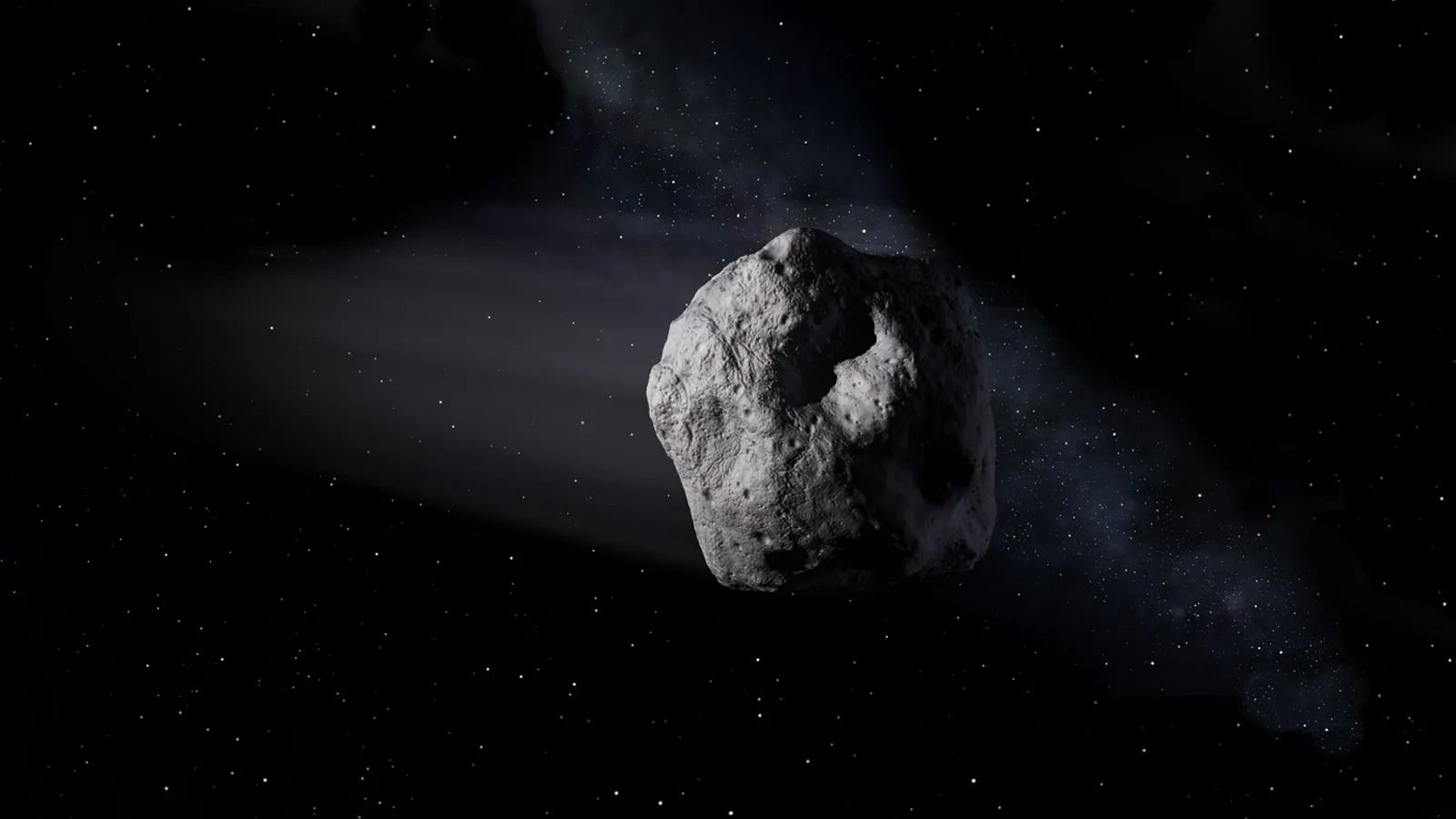
Related
An Asteroid Is Heading Towards Earth—But Should We Be Worried?
BRACE! BRACE! BRA… Wait, what? Oh, OK.
Did You Know? The mass extinction event 66 million years ago that is said to have wiped dinosaurs off the face of the Earth was caused by an asteroid measuring up to 15,000 meters wide. This event—known as the Chicxulub Impact—resulted in a massive blast and heatwave, caused dust and debris to block sunlight from reaching Earth’s surface, and triggered huge tsunamis and earthquakes, ultimately destroying 75% of all plant and animal species.
Now that you know the difference between meteors, meteoroids, meteorites, comets, and asteroids, go one step further by learning the meaning of some more complex space terms, like cosmos, antiparticles, black holes, light-years, and absolute zero.


